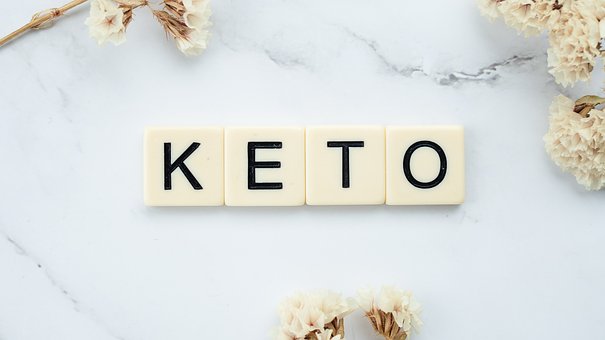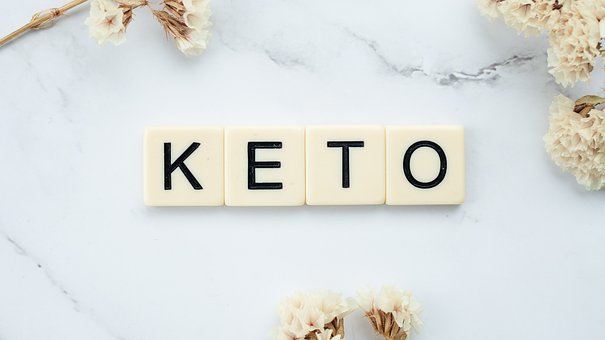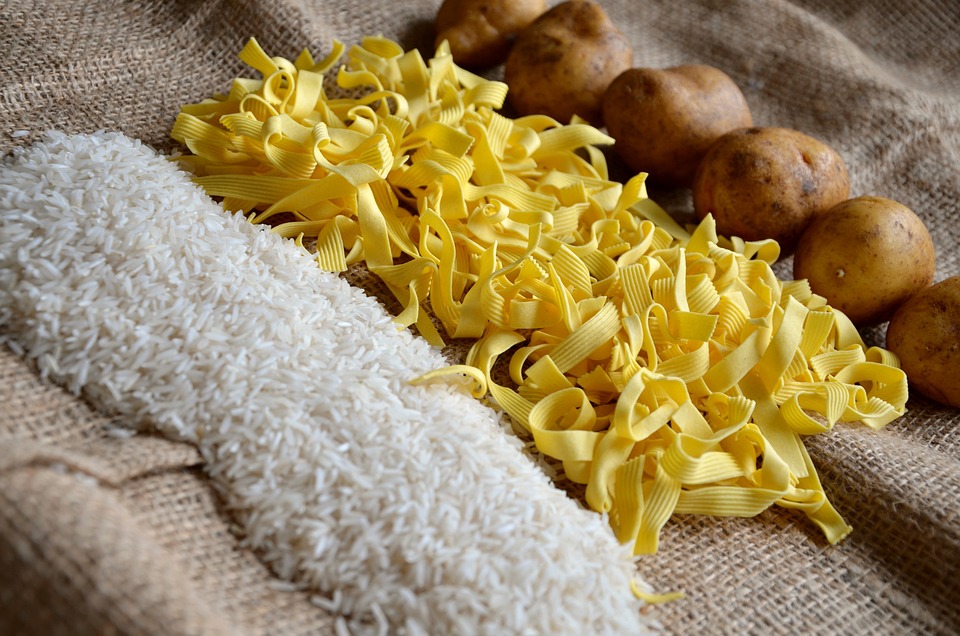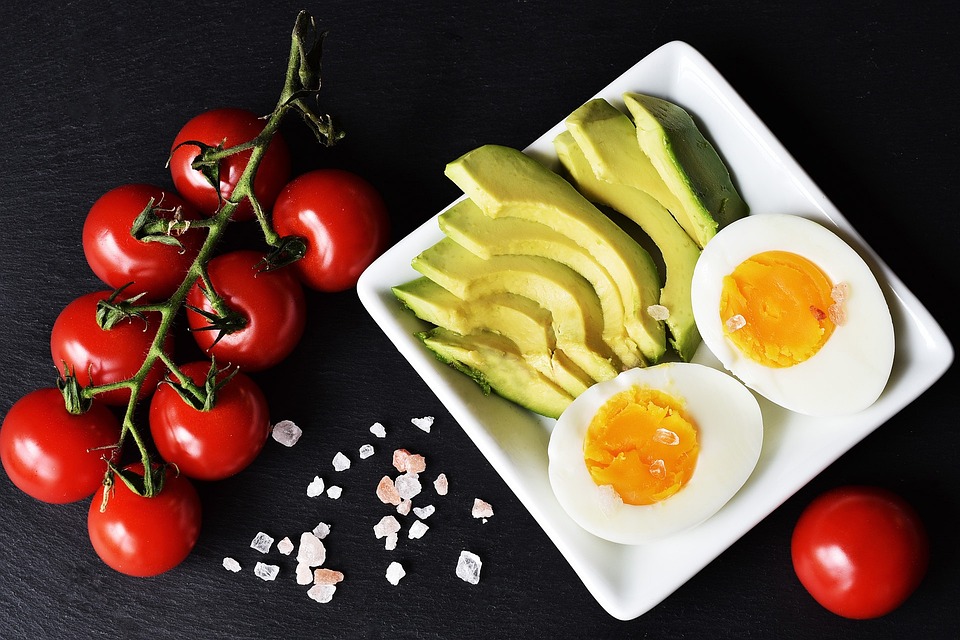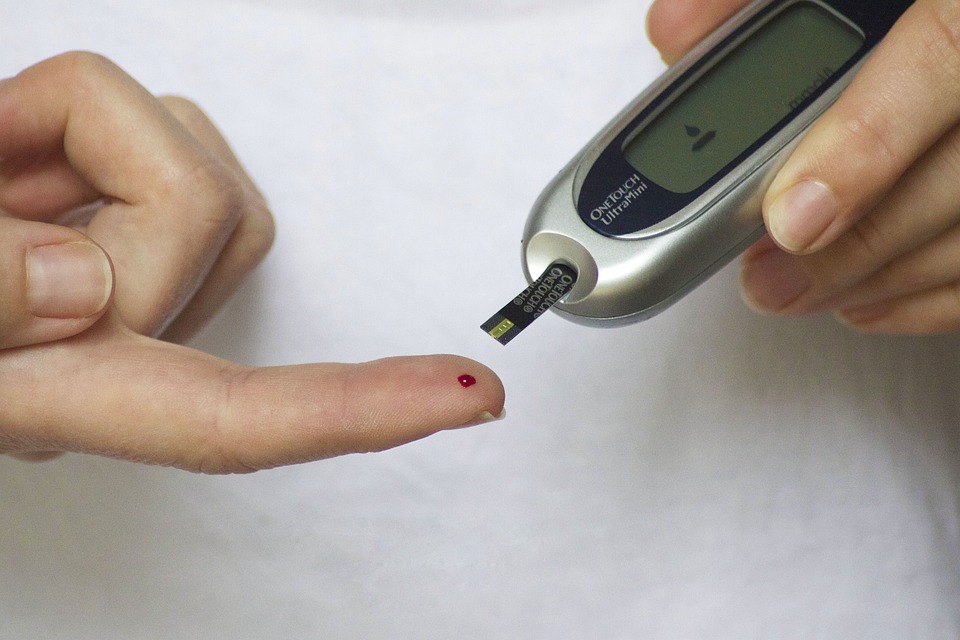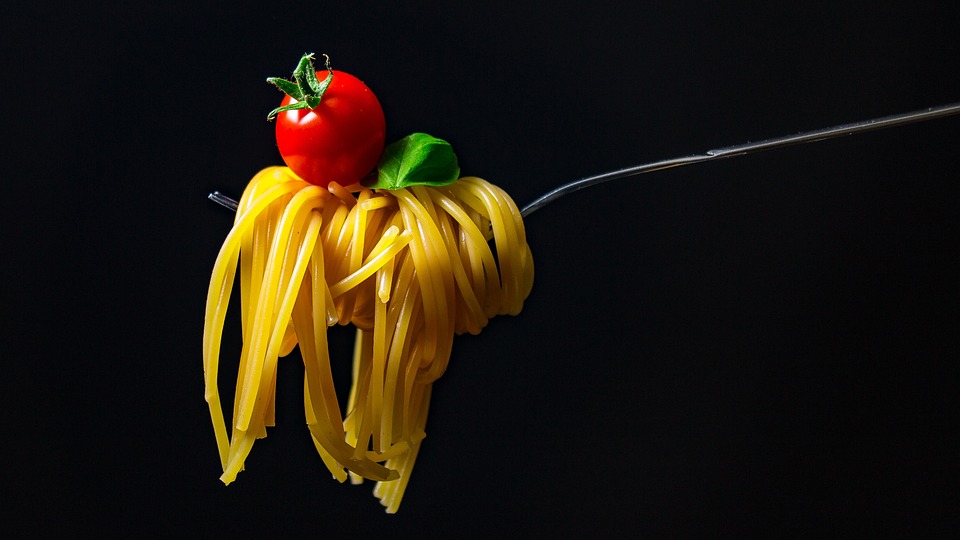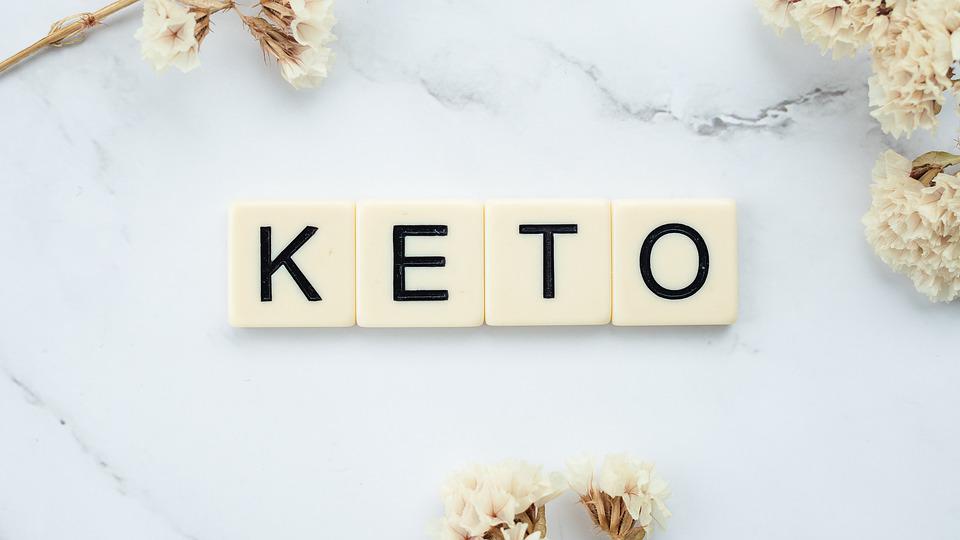
What is the Ketogenic Diet?
The ketogenic diet is a high-fat, low-carbohydrate diet that forces the body to burn fat, rather than carbohydrates, for energy.
Ketones are a high-energy alternative to carbohydrates when your body is deprived of them. When you consume very few carbs, your body’s blood glucose and stored glycogen levels drop significantly.
Your body will look for an alternative fuel when it cannot find glucose. The next best option is fat. The mitochondria in your liver will convert dietary fats and stored fats into ketones. Ketones can be used as an alternative fuel to glucose. They are water-soluble and can pass easily into the bloodstream. They can also cross the blood-brain barrier and provide fuel for the brain.
The ketogenic diet causes your body to burn stored fat, leading to weight loss. A recent systematic review of eleven clinical trials found that the ketogenic diet helped patients lose on average 2.2 kg more than a traditional low-fat diet.
Macronutrient Breakdown on the Ketogenic Diet
The ketogenic diet is modeled around the consumption of fat in order to burn fat. Carbohydrates are only used as a secondary source of energy by the body when fat is not available, so eating too many carbs will not make you fat.
But just how much fat should you eat? The ketogenic diet involves eating approximately:
- 70-75% of daily calories from fat
- 20-25% of daily calories from protein
- 5-10% of daily calories from carbohydrates.
To start, remember that these percentages are only guidelines. Depending on your lifestyle, you may need different amounts of each macronutrient. However, as a beginner’s rule, you can limit your carbohydrate intake to 25-50 grams per day. To make up for the lost calories, increase your fat and protein consumption.
Foods to Eat on the Ketogenic Diet
To eat a low-carbohydrate diet, fill your plate with meat, fish, eggs, non-starchy vegetables, occasional high-fat dairy, and natural plant-based fats.
The ideal food choices would have less than 3 grams of net carbs per 100 grams. Reasonable food choices would have between 3 to 6 grams of net carbs per 100 grams.
What to Drink on the Ketogenic Diet
It’s important to drink lots of water and unsweetened tea throughout the day. You can have coffee as well but stick to milk if you do. It’s best to avoid soft drinks, juice, flavored milk, and alcohol.
The Complete Keto Diet Grocery List
Meat and Poultry
Both meat and poultry are excellent choices for people following a ketogenic diet, as they are virtually devoid of carbohydrates and provide a complete source of protein along with all the essential amino acids needed for growth, maintenance, and repair of the human body. Meat is also an excellent source of vitamins and minerals, including zinc, iron, and vitamin B12, which are essential for healthy red blood cells and energy levels.
Choose your meat carefully to avoid additional carbs and chemicals. Fresh chicken, turkey, and steak are good options. Choose grass-fed and organic meat for the best possible health benefits.
When consuming protein on a ketogenic diet, it is a general rule of thumb to consume 1 gram per kilogram of body weight per day. It is best to work with a licensed dietitian to find a more accurate amount based on your individual health and lifestyle. To maintain a high fat intake, some experts recommend eating fatty meats over lean meats. Others recommend focusing more on increasing plant-based fats, like avocados and olive oil, to reach a state of ketosis without losing weight and destroying overall health in the process.
Fish and Seafood
Fish and seafood are great options if you are following a keto diet. Fatty fish like salmon, mackerel, and sardines are especially good choices. Fish is a good source of nutrients like vitamins D and B2, and minerals like calcium and phosphorus.
Fish that are high in fat are a good source of Omega-3 fatty acids, which are necessary for keeping a healthy heart and brain. Two of the most important Omega-3 fatty acids found in fish are EPA and DHA. These Omega-3 fatty acids might help lower blood pressure and decrease your risk of heart attack and stroke.
DHA is important for fetal brain and vision development. Pregnant or nursing women should eat 2 to 3 servings of cooked fish per week, opting for varieties that are low in mercury. Mercury can have adverse effects on the nervous, digestive, and immune systems. Wild-caught Alaskan salmon, Pacific sardines, or farmed rainbow trout are good choices. Eating fatty fish can also protect against age-related cognitive decline and reduce your risk of dementia and Alzheimer’s disease. But not all that glitters is gold. Certain types of seafood contain some carbs. For example, shellfish like crab and prawns are carbohydrate-free, while mussels and octopus contain between 4-7 grams per 100 grams.
Eggs, Eggs, Eggs
Eggs are a great, cheap way to get high-quality protein and are perfect for starting the ketogenic diet. One large egg contains approximately 6 grams of protein, 5 grams of fat, and almost no carbohydrates. Additionally, eggs contain a healthy balance of almost all known nutrients, except for vitamin C.
The best way to get the most nutrients is by choosing organic, free-range eggs. To get the best quality, look for “pasture-raised” on the label. Chickens are meant to roam free and eat worms and insects, not a feed of GMO corn or wheat. There is a big difference in the nutritional quality of cheap eggs and high-quality, pasture-raised eggs.
High-Fat Dairy
Dairy food items containing a high level of fat, including butter, cream, yogurt, and cheese, are suggested to be consumed in moderation as part of the Ketogenic diet. Although they can help your body adjust to a ketogenic state, you should be cautious, as these items also contain trans fats, which have been linked to an increased cardiovascular disease risk over the past three decades.
Fats in dairy products have been shown to increase overall blood triglycerides, as well as LDL “bad” cholesterol while reducing HDL “good” cholesterol. Dairy products have also been linked to inflammatory conditions such as arthritis and acne.
Try not to drink milk as the sugar from a cow’s milk can add up quickly. For example, one glass of milk contains 12 grams of carbs. It is also better to not eat low-fat yogurt because it has added sugar. Full-fat varieties, such as plain Greek yogurt, are a better option and can be eaten in small amounts.
The ketogenic diet is already high in fat, so we should try to make the most heart-healthy choices by focusing on plant-based fats like avocado oil, olives, and seeds. Coconut milk and almond milk are good non-dairy alternatives that are safe for the keto diet as long as you choose unsweetened options.
Nuts and Seeds
Nuts and seeds are a great source of healthy fats and should be included on your keto diet grocery list. They contain very few carbohydrates and have been linked to a lower risk of heart disease, type 2 diabetes, and certain cancers. A large study found that people who consumed a handful of nuts five or more times a week had a 20% lower risk of a heart attack.
Research has found that eating a small handful of tree nuts on a regular basis can decrease the risk of death from any cause by 27% in people with diabetes. Additionally, nuts and seeds are high in fiber, which makes them a great snack to take with you when you’re feeling hungry, as it will help reduce how much you eat overall.
Some varieties of nuts and seeds have more net carbs than others. For example, a handful of brazil nuts has 1 gram of net carbs, while a handful of cashews has 8 grams of net carbs. Chia seeds only have 1 gram of net carbs, while the equivalent in pumpkin seeds has 4 grams.
Oils, Sauces & Dressing
Most of the calories you eat on the keto diet should come from fat. A good amount of fat can be obtained by eating meat, fish, and dairy. You can also increase your intake of healthy fats by cooking with unrefined oils.
When cooking, you should choose an oil with a high smoke point. The smoke point is the temperature at which the oil starts to smoke and burn. When oils are heated beyond their smoke point, they lose beneficial nutrients and phytochemicals. Overheating can also create harmful free radicals.
When cooking on a conventional stove, it is best to use an oil with a smoke point above 400°F. Some examples of oils with a smoke point above 400°F are avocado oil, peanut oil, and coconut oil.
List Of Foods You Can’t Eat On The Keto Diet
You should avoid high-carb foods while following a keto diet.
Sugary Foods
On the list of sugary foods, we shall briefly highlight in this section the following:
Sugary Sodas and Juices
Sodas and some juices are sugary liquids that contain a lot of empty calories, which can make it difficult to lose weight.
A single can of Coca-Cola contains almost 40 grams of carbohydrates, which is a lot compared to the amount of carbohydrates someone on a low-carb diet would consume in a day.
A single serving of these beverages is not likely to be damaging to your health, although it may cause you to exit the ketotic state.
You can stay hydrated by drinking sparkling water or distilled water that has been flavored with lemons, cucumbers, or fresh orange juice. These drinks are lower in carbohydrates than soda or sugary juices.
Dried Fruits
When a fruit is dried, all the water that dilutes the sugar is gone, and the entire composition that is left is sugar. Although there are multiple health benefits to eating dried fruits like dates and raisins, they are not good to eat on the keto diet.
A date that weighs about 7 grams contains approximately 5 grams of carbohydrates. One pitted Medjool date contains 18 grams of carbohydrates minus 2 grams of fiber. While dates are delicious and have many advantages, if you’re trying to lose weight on a keto diet, you might want to consider strawberries or raspberries as an alternative.
Sweetened and Low-Fat Dairy
Each cup of whole milk contains 11 grams of carbohydrates.
It is better to have unsweetened almond milk that has only 3 grams of carbs per glass over whole milk because it is a more keto-friendly option.
Low-fat dairy does not fit into the keto diet because it is low in fat and high in sugar.
Choose dairy products that are high in fat for keto.
Sugary Condiments
You should not consume sugary condiments like honey and maple syrup when you are on a ketogenic diet because they are high in sugar, carbs, and calories.
For example, honey contains 17 grams of carbs per tablespoon, whereas maple syrup contains 20 grams of carbs per tablespoon.
Additives like antioxidants and other micronutrients can increase your blood sugar and cause you to lose ketosis.
Condiments Such As Ketchup, Barbeque Sauce, And Others
Sugar-laden seasonings such as barbecue sauce, ketchup, and sweet chili sauce have very few nutritional or health benefits.
This text is discussing the carbohydrate content of different condiments. It says that a 9-gram package of condiments can have 3 to 4 grams of carbohydrates and that a 35-gram dish of sweet chili sauce has 15 grams of carbs.
Some of the foods on this list are less heavy in carbs than others, but they are still tempting to eat in large quantities. If you eat more than a small amount of these foods, it could quickly ruin your keto diet.
If you don’t want to increase your carb intake, you can add more spice to your meal by using a hot vinegar-based condiment like Tabasco.
Starchy Vegetables And Potatoes
Although white and sweet potatoes are good for you in many ways, you should avoid them on the keto diet because they are high in carbohydrates.
If you want to add starchy vegetables to your keto diet, grate them into a salad or bowl instead of having them as the main course.


